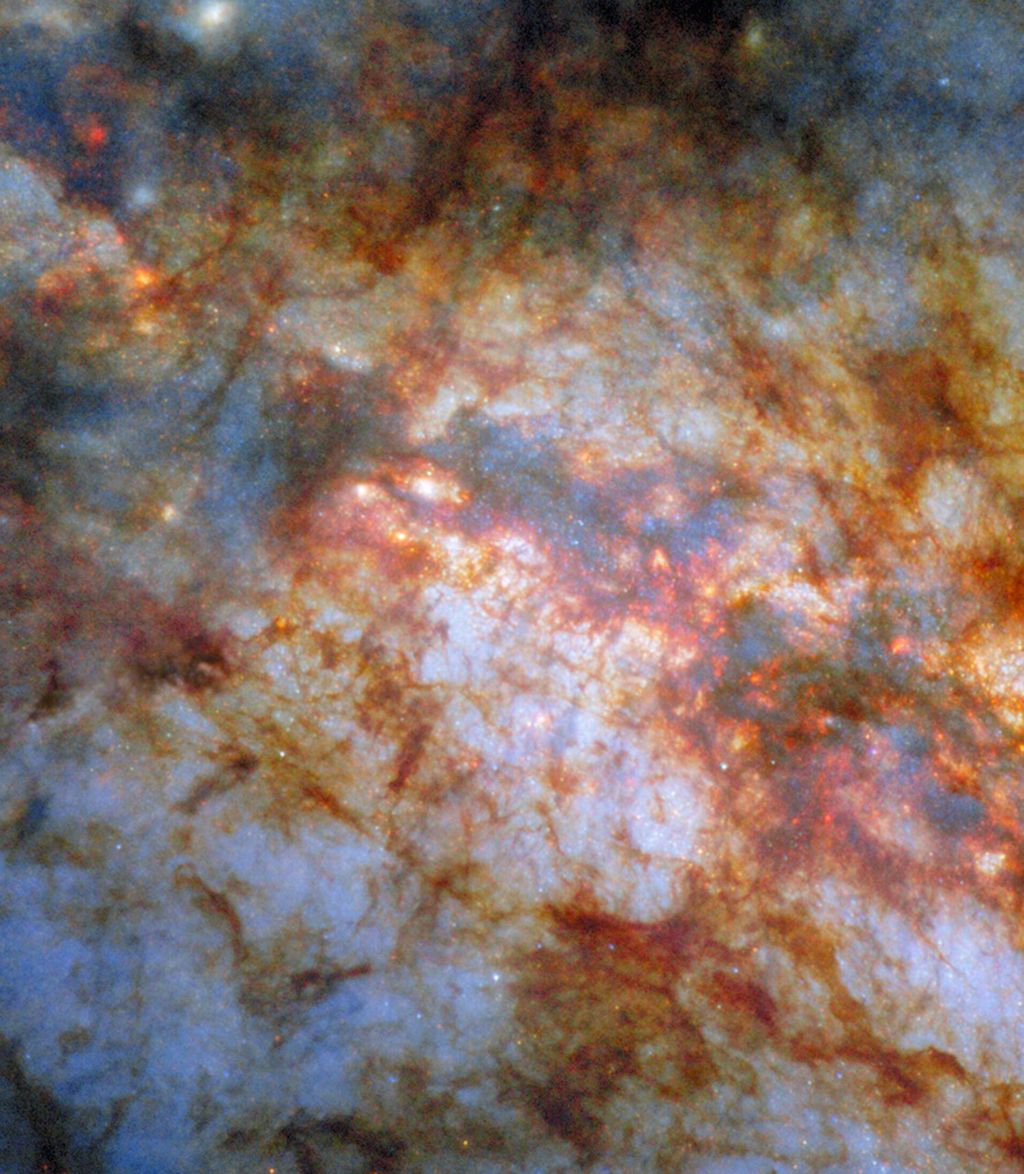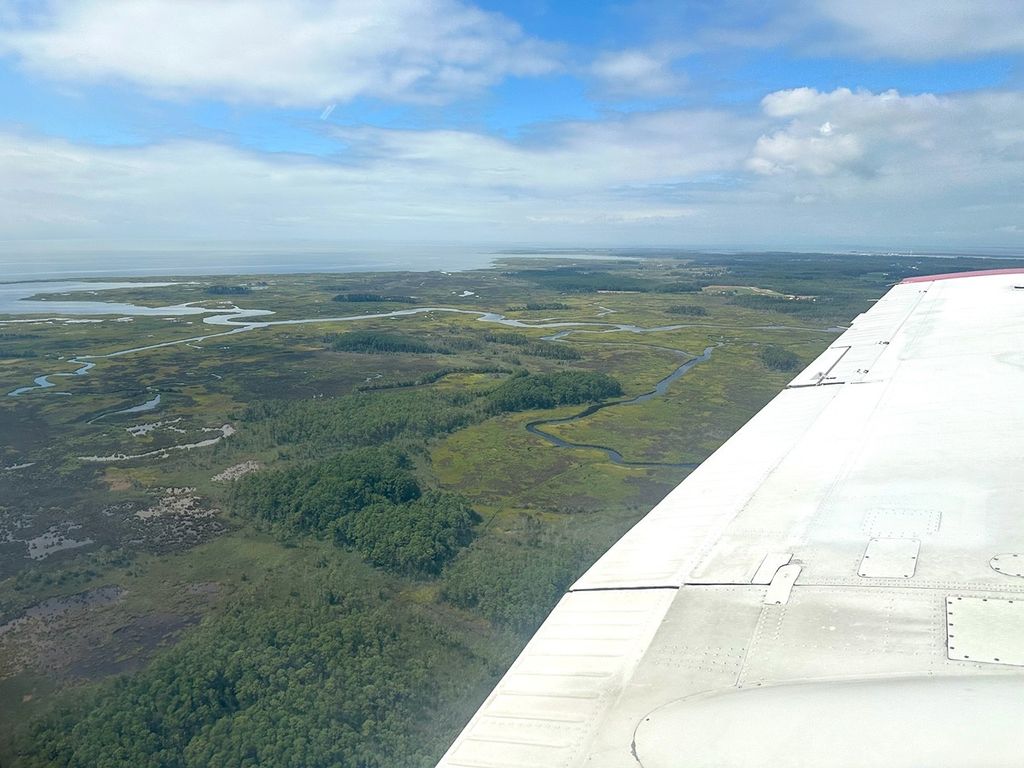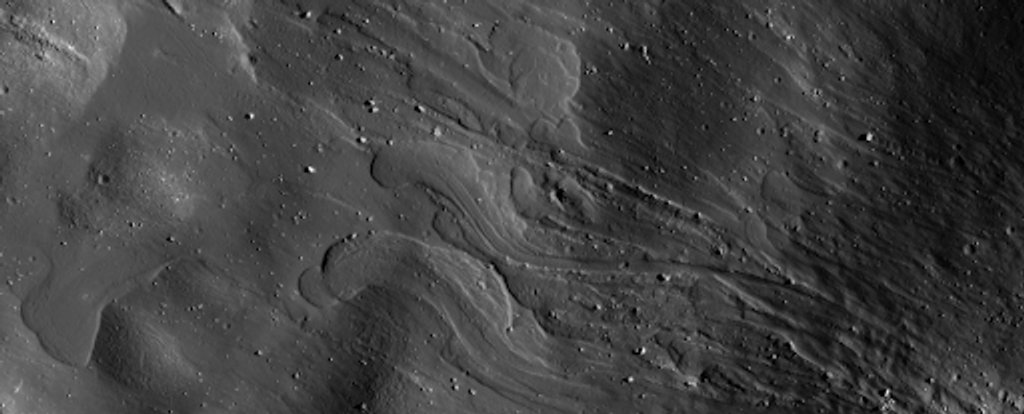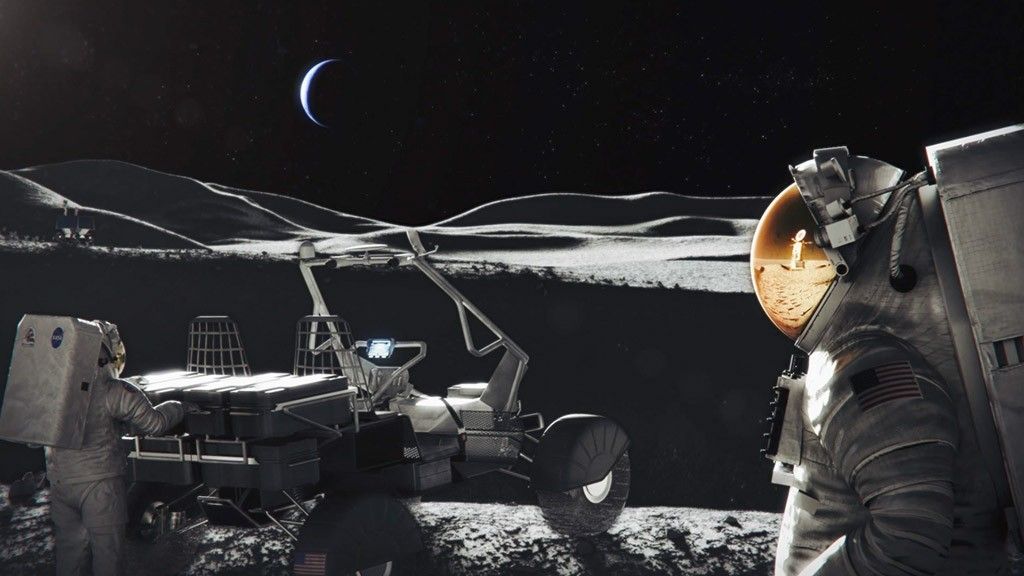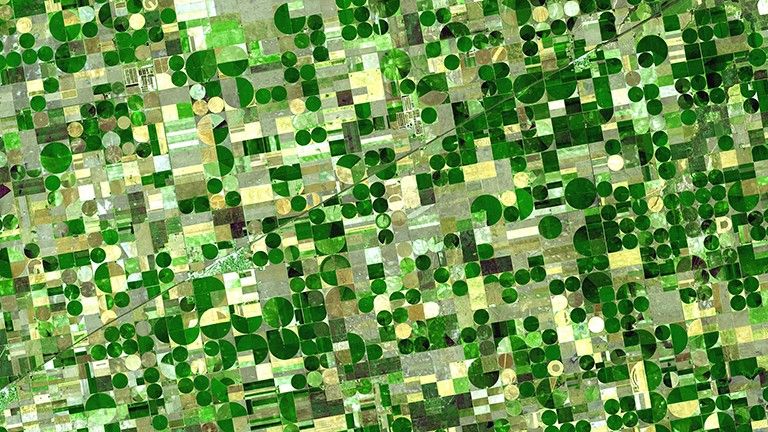Where Does NASA Fit?
From space, NASA tracks soil moisture, groundwater levels, crop type, and agricultural production, while also supporting precision farming with GPS-based field mapping. On the ground, NASA collaborates with local producers to develop and refine solutions that meet their local needs. By transforming satellite data into practical tools and maps, NASA helps producers at home and around the world anticipate challenges, improve productivity, and safeguard food resources.
How NASA Helps U.S. Agriculture
The farmers responsible for the food that reaches your plate need a lot of a very precious and limited resource, water. NASA works with farmers like Dwane Roth of Kansas to help them track their water use.
More DetailAgriculture from Above
Featured Mission: Landsat
The longest record of satellite observation in NASA’s history, dating back to the first Landsat satellite launched in 1972, this mission observes Earth’s land surface. The global observations Landsat collects are the basis for many tools that producers rely on today, including the U.S. Drought Monitor and the U.S. Department of Agriculture's monthly World Agricultural Supply and Demand Estimates report.

OpenET Study Helps Water Managers and Farmers Put NASA Data to Work
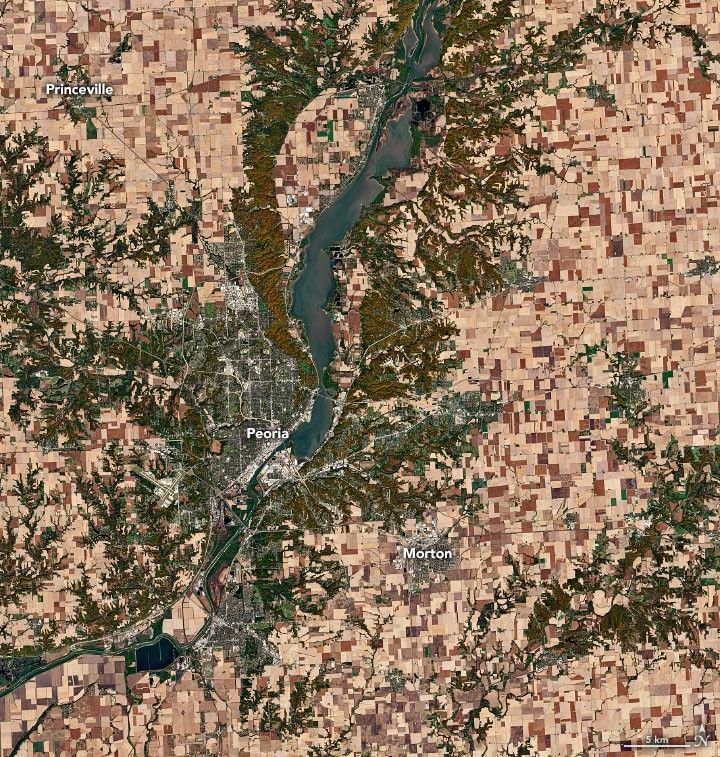
From Patches to Pies, Illinois Knows Pumpkins

Landsat is Vital to American Agriculture, Forests
Featured Mission: ECOSTRESS
NASA’s ECOSTRESS instrument, mounted on the International Space Station, measures plant temperatures to detect heat and water stress. By identifying early signs of drought stress before visible symptoms appear, ECOSTRESS helps farmers optimize irrigation, conserve water, and protect crop yields.
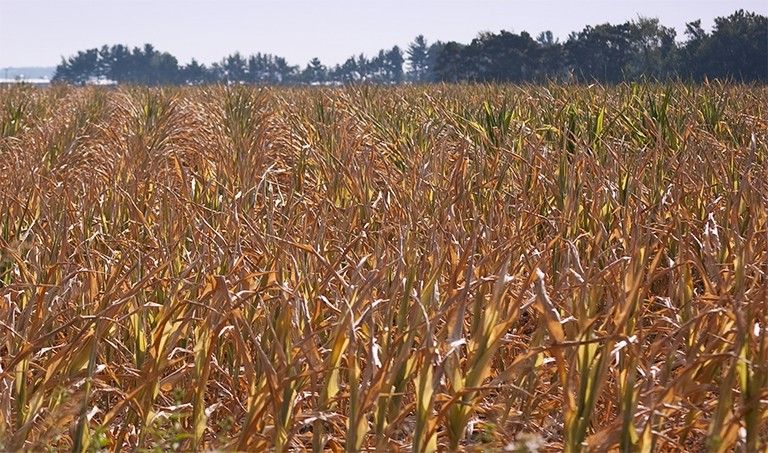
Monitoring Plant Health from Space: NASA’s ECOSTRESS Mission

Watching plants’ water use is no sweat for ECOSTRESS

NASA Data on Plant ‘Sweating’ Could Help Predict Wildfire Severity
Featured Mission: GRACE
The GRACE satellites have revolutionized the monitoring of large-scale water storage, allowing us to measure how major aquifers in the U.S. are drained and recharged.

NASA Satellites Reveal Abrupt Drop in Global Freshwater Levels

How GRACE Is Used For Groundwater Management
The GRACE satellites track groundwater changes, helping manage water supplies, prevent depletion, and support sustainable use.
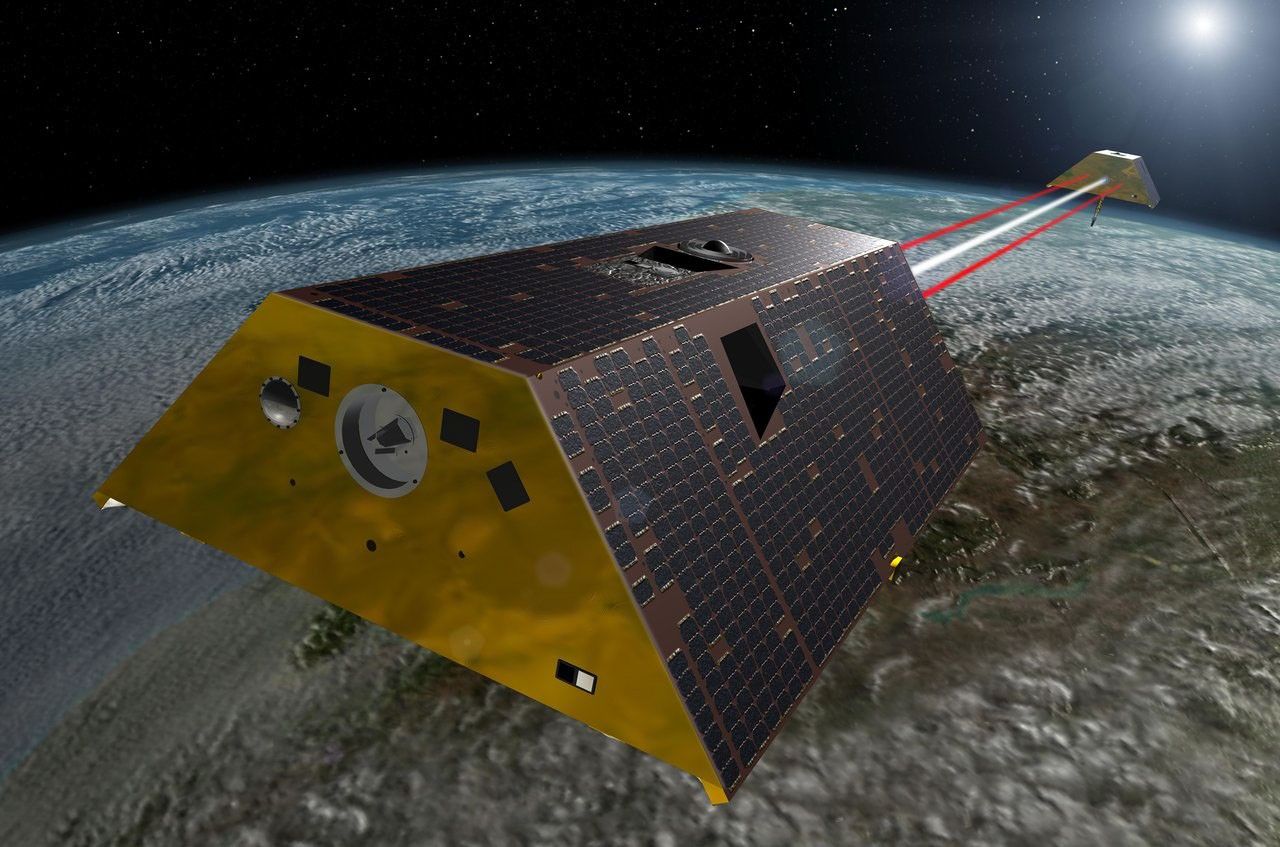
15 Years of GRACE Earth Observations
From 2002 to 2017, the original GRACE satellites unlocked mysteries of how water moves around our planet. Watch how this groundbreaking mission changed our understanding.
How NASA Helps
NASA has been serving U.S. agriculture since it launched some of our nation’s first Earth-observing satellites in the early 1970s. Farmers, ranchers, and policymakers across all 50 states rely on NASA’s advanced technology, scientific expertise, and accessible tools.
We deliver:
- Free, online water management tools
- Information on global crop production and crop type for market and pricing decisions, in partnership with USDA
- GPS-driven navigation and field mapping, maintained by NASA’s Space Geodesy program
- Groundwater, root zone, and subsurface water supply observations to support the U.S. Drought Monitor and other water management efforts, including tracking the Ogallala Aquifer
- Data to inform crop yield forecasting and assess crop health
- Tools to inform grazing land management
- Improved weather forecasting, through models, data, and satellite missions, in partnership with the National Weather Service
- State-level programs to co-develop solutions, transfer NASA technology, and shape NASA’s next-generation observations, instruments, and science teams in support of agriculture
NASA’s Earth Science Agriculture and Water Programs
We deliver practical science every day to people, communities, and organizations across the United States. NASA’s Earth Science Division’s Agriculture and Water Resources programs are designed to work directly with farmers and livestock producers.
NASA Acres is our domestic agriculture consortium, working across the agricultural community, including more than 30 research institutions and state commodity groups, to share methods, data, and technology. NASA Acres co-creates and implements on-farm decision support tools with farmers, ranchers, and their allies through its Farmer Innovation Ambassador Team (FIAT) program.
AVAIL, A Virtual Agriculture Innovation Lab, is NASA’s experimental partnership with the Iowa Corn Growers Association, Iowa State University, Columbia University, and the Agricultural Model Intercomparison and Improvement Project. AVAIL is a collaborative initiative to harness modeling with historical and near real-time data from satellites and field measurements to allow farmers to test new management practices in a virtual, “digital twin” setting.
NASA Harvest is NASA’s global ag consortium, leveraging Earth observation data and public-private partnerships to provide timely, actionable insights. These insights enhance U.S. agricultural resilience and informed decision-making related to global market conditions, trade, supply chains, insurance, and early detection of food crises.
NASA’s Agriculture and Water Resources programs support the development of farm-level tools, such as OpenET, a free, online tool that measures overnight crop evapotranspiration at a field level. This helps farmers who irrigate know precisely how much water is needed to replace the moisture lost overnight. This saves money on energy costs to power irrigation, and in more arid regions, manage scarce water supply. OpenET is now used in our 23 most western states, with plans to expand.
Agriculture News

NASA’s Brad Doorn Brings Farm Belt Wisdom to Space-Age Agriculture

From Seed to Market: NASA Brings Food to the Table
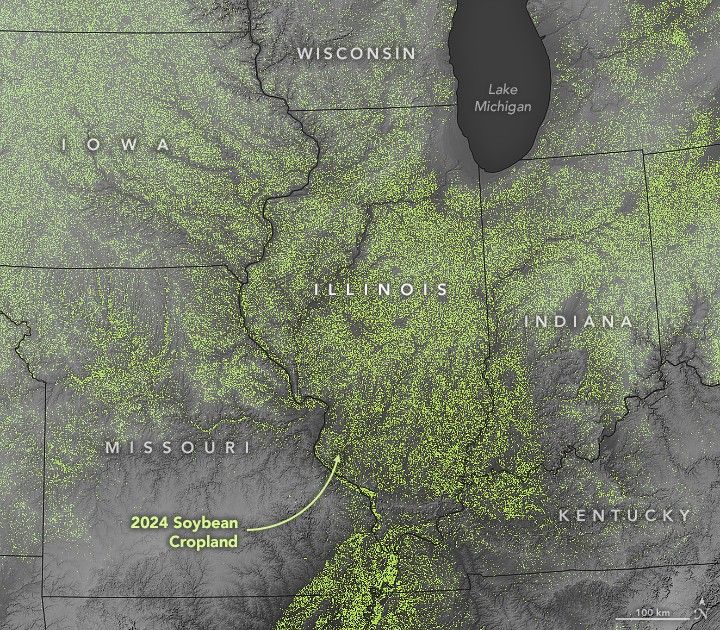
Mapping Soybean Quality
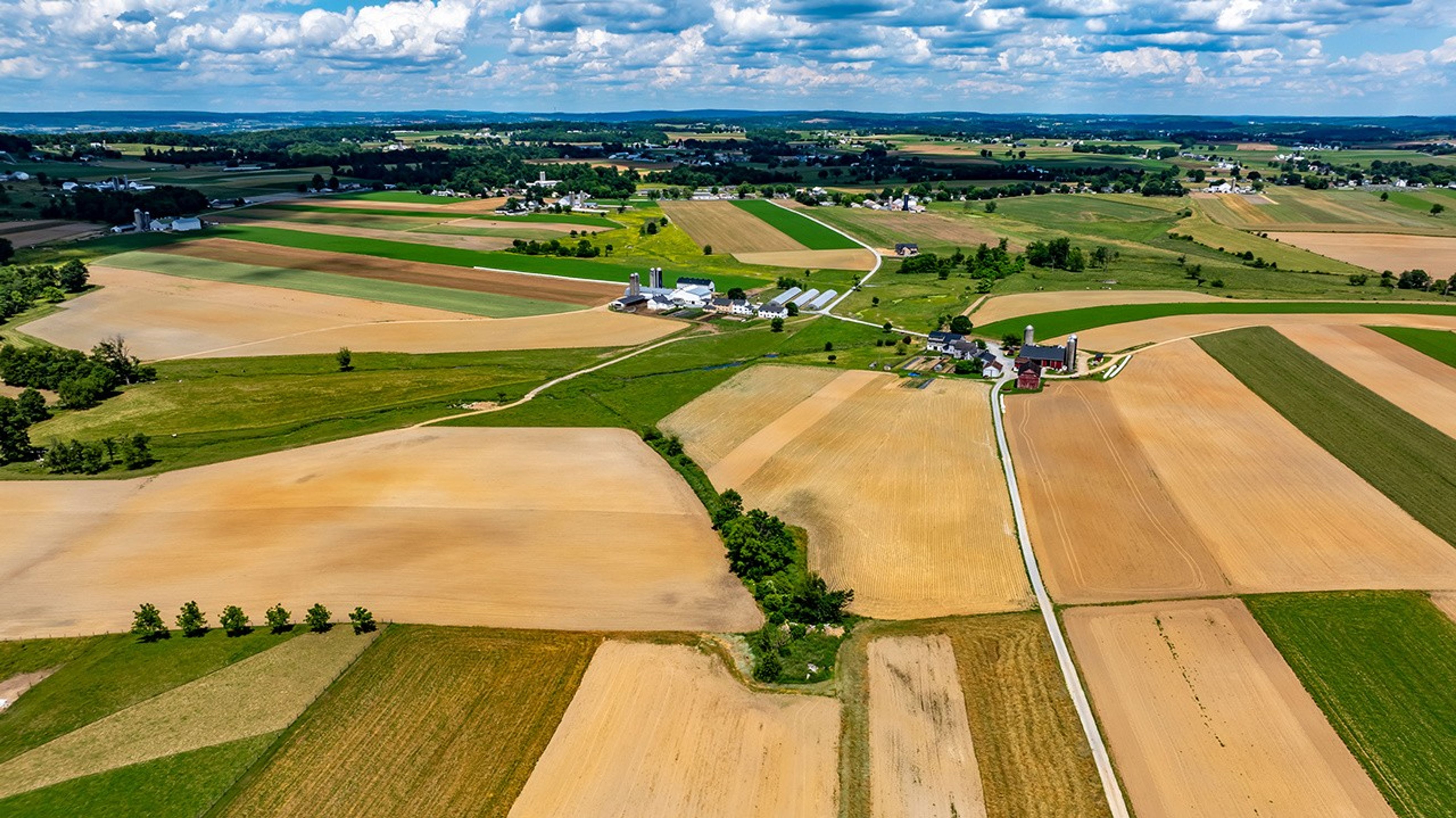
UIUC Researchers Launch Data-Driven Tool to Help Illinois Farmers Optimize Fertilizer Use
Show Me the Data
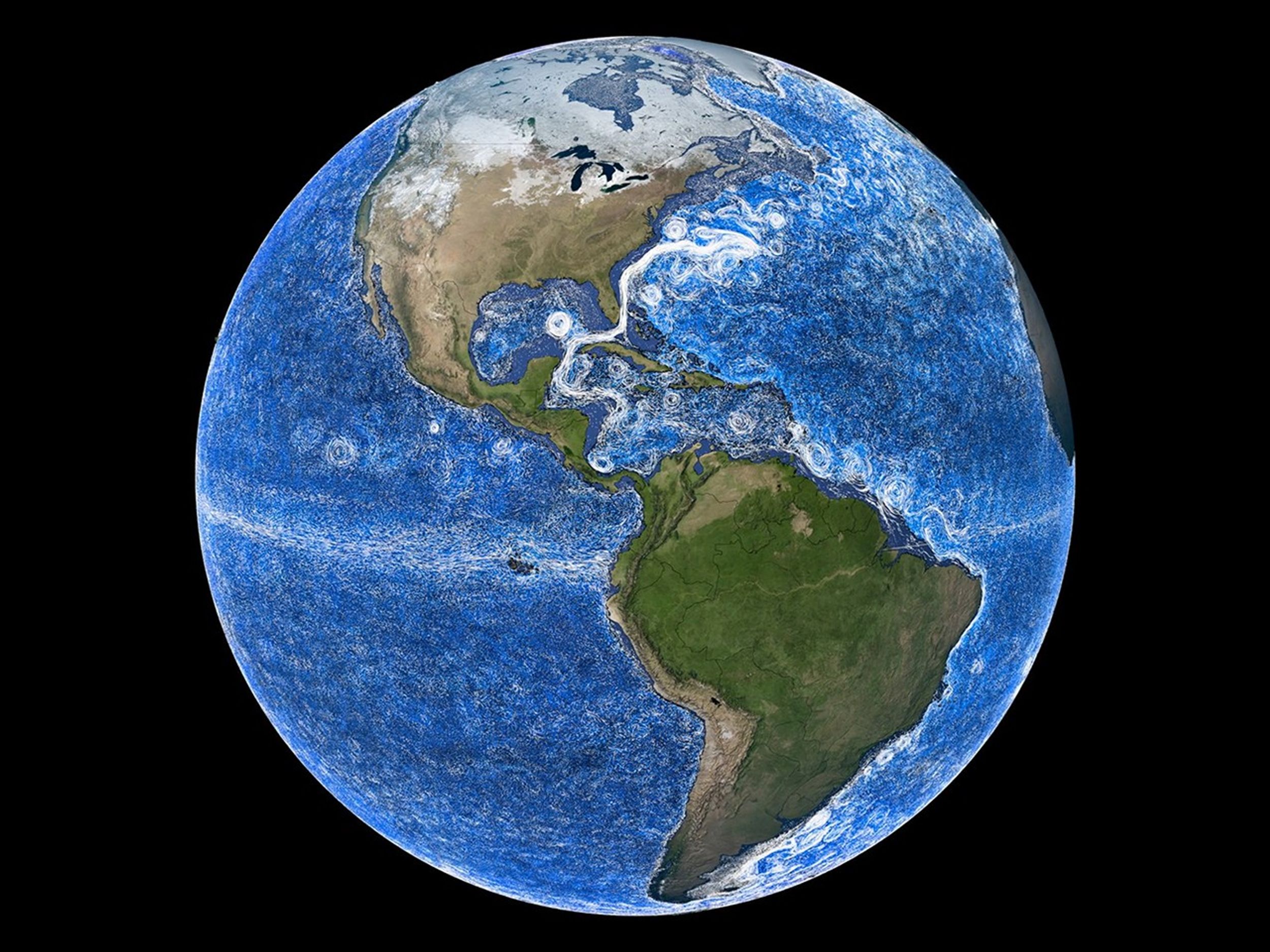
NASA EarthData: Agriculture Production
NASA data helps farmers, ranchers, land managers, researchers, and others in agricultural businesses understand the complex interactions among the production, distribution, and consumption of goods and services related to agriculture, food, the environment, and rural development.
Additional Missions
SWOT — The Surface Water and Ocean Topography mission measures the volume of water in major inland surface bodies, including reservoirs, lakes, and large rivers and streams.
Suomi NPP VIIRS —The Visible Infrared Imaging Radiometer Suite on the Suomi NPP satellite can measure agricultural fires and crop health.
MODIS — The Moderate Resolution Imaging Spectroradiometer instruments on NASA’s Terra and Aqua satellites measure vegetation health, helping assess crop stress.
SMAP — The Soil Moisture Active Passive mission measures soil moisture levels, augmenting farmers’ efforts to optimize irrigation practices.
GPM — NASA’s Global Precipitation Measurement mission is a constellation of instruments flown by international partners with a core satellite carrying an advanced radar/radiometer system measuring precipitation from space. These observations improve our forecasting of extreme weather events, such as atmospheric rivers, which can lead to natural hazards, such as mudslides and flooding.
Additional Information

Earth Observatory: Food and Agriculture
The Earth Observatory’s Food and Agriculture page highlights satellite imagery and stories that illustrate the connections between food production, agriculture, and Earth's changing landscapes. It serves as a visual and educational resource for understanding domestic and global agriculture patterns through NASA’s vantage point from space.




